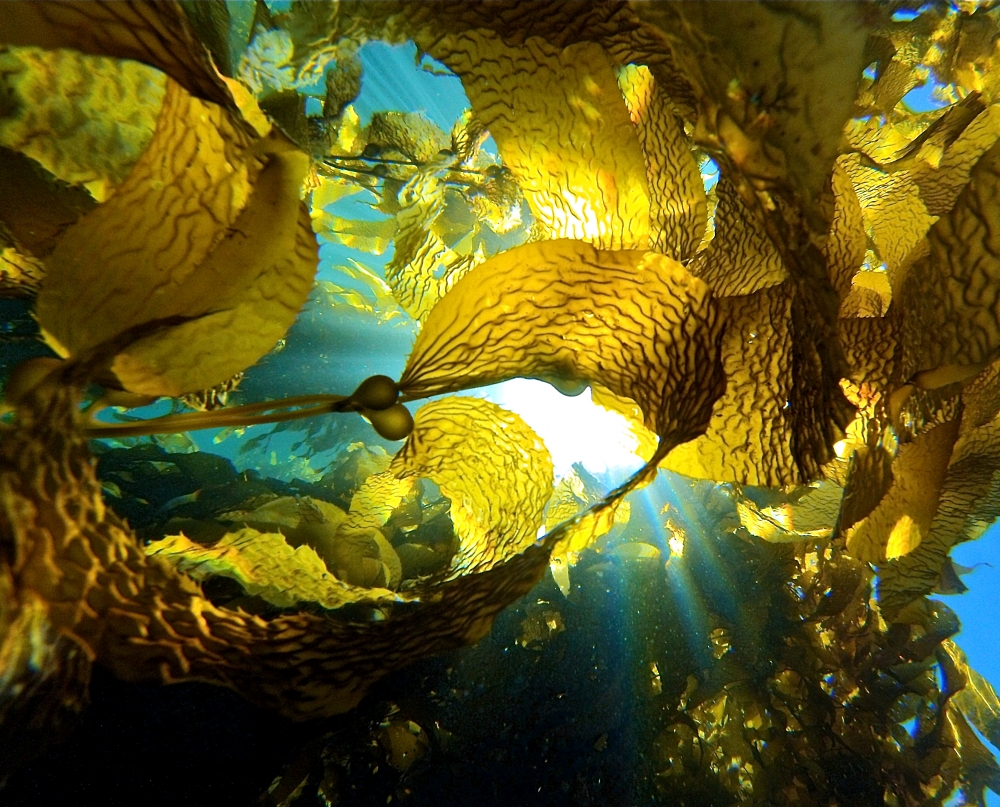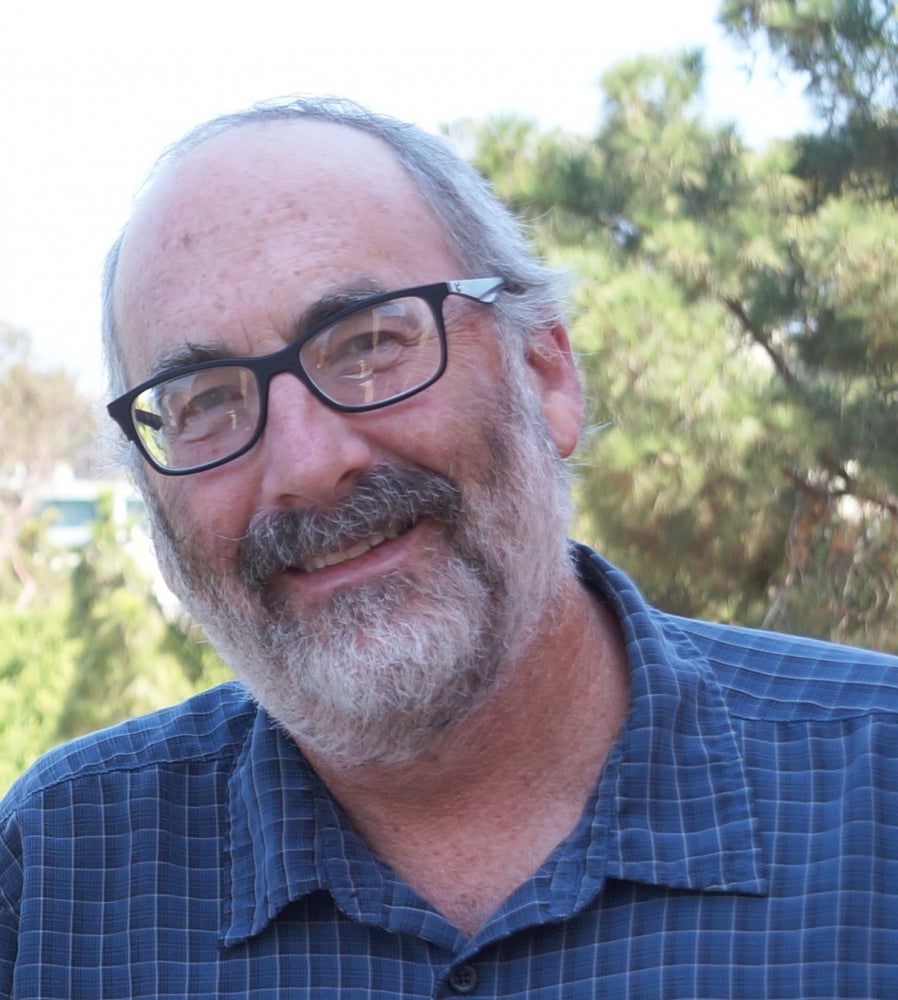
Cultivating Marine Biomass

One of the most productive organisms on Earth, giant kelp (Macrocystis pyrifera) depends on nutrients from the surrounding water column to maintain its photosynthetic apparatus and maximize growth rates, which can reach a foot and a half a day.
Such prolific growth makes giant kelp an excellent candidate to replace corn as a biofuel. While this species naturally grows close to shore, it easily could be farmed in deeper waters. This is the focus of a new project called Macroalgae Research Inspiring Novel Energy Resources (MARINER), which seeks to develop offshore kelp farms to produce kelp biomass as a novel energy source.
A team of UC Santa Barbara scientists will receive $2.1 million over three years from the U.S. Department of Energy’s Advanced Research Projects Agency-Energy to develop and test technologies that monitor large-scale giant kelp farms. Led by David Siegel, a professor in UCSB’s Department of Geography and the campus’s Earth Research Institute, the team will combine and refine existing technology to enable farm managers to carefully monitor kelp beds and maximize yields.
“We’ll be taking what we’ve learned from our research on natural kelp forests and applying those technologies to develop underwater robotic and above-water drones to help kelp farm managers monitor their crops,” Siegel said. “Using the natural kelp forests off the Santa Barbara coast, we will fine-tune the relationships between optical and acoustic signals and kelp forest properties to build an end-to-end system farmers can use to monitor and optimize crops and even determine when to harvest them.”
The United States has the world’s largest marine exclusive economic zone, an area of ocean along the nation’s coastlines equivalent to the total land area of all 50 states. This vast expanse has the potential to leverage kelp into a thriving marine biomass industry for the production of fuels, chemicals, feed and food.
Growing macroalgal biomass in the oceans would provide a unique opportunity to sidestep many of the challenges associated with terrestrial biomass production systems — particularly the growing competition for land and freshwater resources likely to result from the 50- to 100-percent increase in food demand expected by 2050.
“In order for kelp farms to be successfully commercially, their biomass, productivity and physiological status must be monitored as well as the environmental conditions that control near-term production,” Siegel explained. “The rapid growth rate of this species, along with the ever-present potential of biomass losses due to frond senescence, herbivory and fouling, underscore the need for real time, autonomous monitoring data to assist in optimizing the operation of giant kelp aquaculture.”
The UCSB researchers will use Scalable Aquaculture Monitoring System (SAMS) to address these needs by continuously assessing underwater and floating kelp biomass, physiological condition and production, along with the environmental factors known to affect kelp growth, all while delivering relevant information to farm managers in near real time. SAMS is composed of aerial and underwater autonomous vehicles and sensors, tested and validated to provide an efficient suite of instruments capable of delivering metrics at the plant scale while possessing the flexibility to monitor multiple giant kelp farms simultaneously.
The team also includes Tom Bell, Bob Miller, Norm Nelson, Nick Nidzieko and Dan Reed, all from UCSB, and Kyle Cavanaugh of UCLA.



